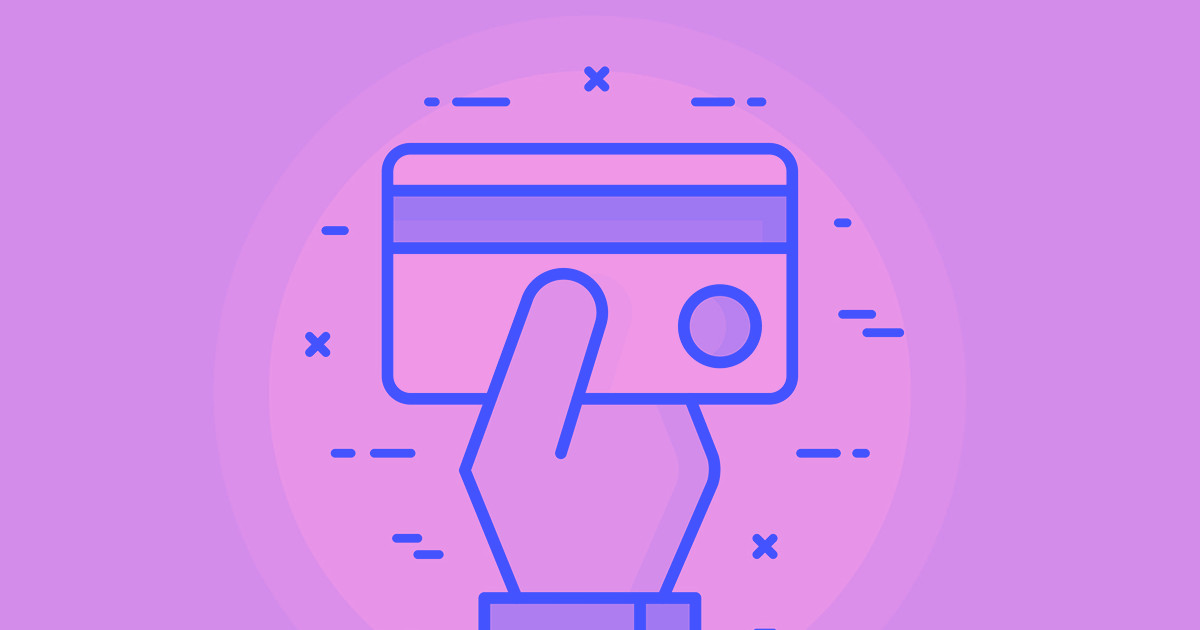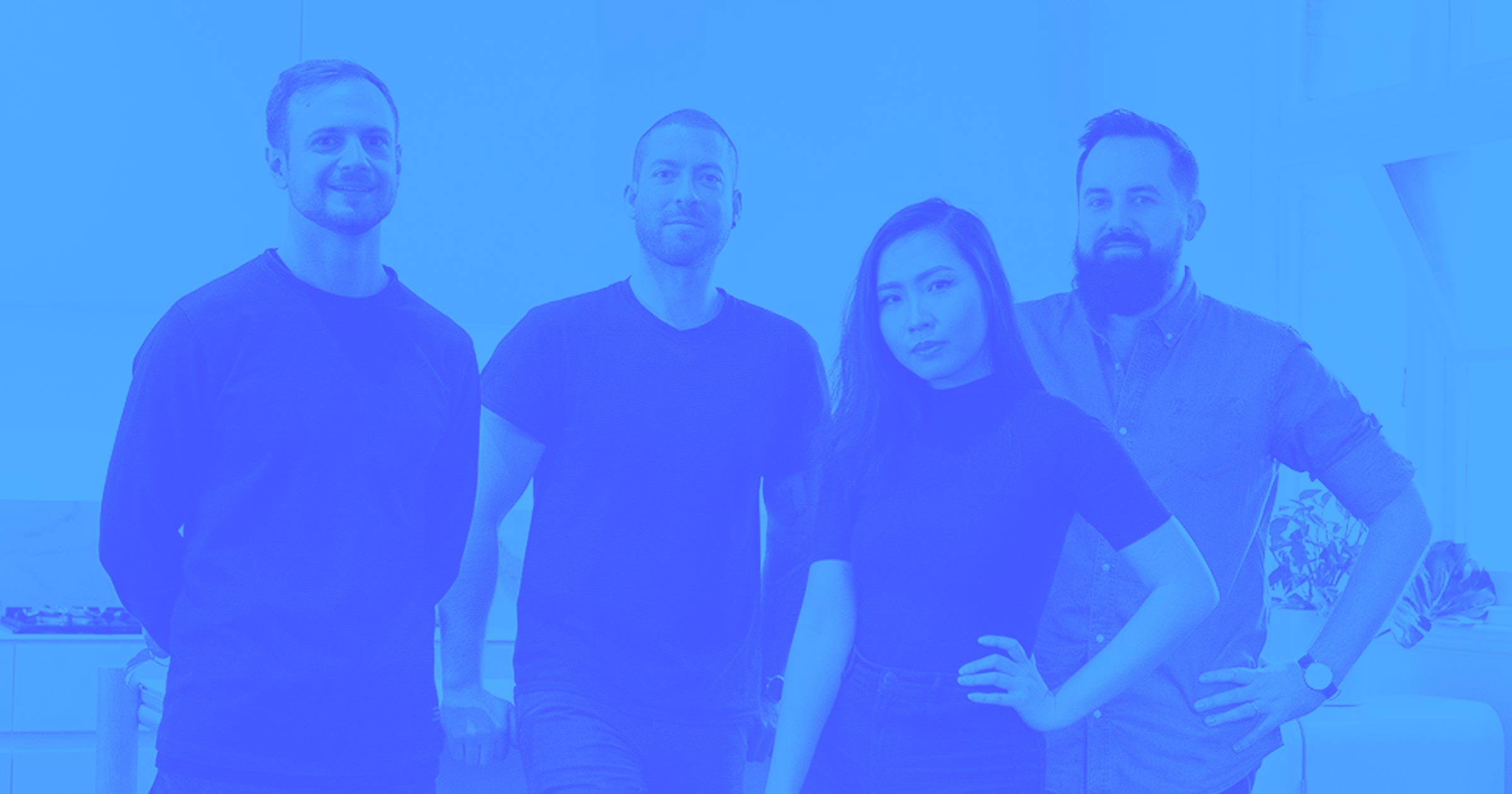Every website you visit has been shaped by web design.
Fonts, colors, graphics, and use of space — all of these are deliberate choices made by a web designer to create a unique visitor experience.
All websites exist to serve specific functions, from selling services to organizing workflows or chatting with friends. Web designers must connect a site’s appearance to this specific function, aligning how it looks and feels with its purpose.
And the need for web design continues to grow. Approximately 252,000 new websites are created every day. That’s 3 new websites every second.
Because the internet is always developing, the web design industry is full of potential. And if you’re considering pursuing web design as a career, it’s important to understand how earnings vary depending on experience and type of work.
This guide will teach you all about web design salaries and how to maximize your earning potential.
What does a web designer do?
Web designers are the people behind visually appealing websites. Every web designer’s goal is to create a purposeful and enjoyable visitor experience that drives traffic and conversions for their client. They combine aesthetics and functionality to create sites that reflect a brand or company’s identity.
Designers are artists and their canvas is the web. Their trade requires a wide range of skills, including knowledge of typography, color theory, and graphic design.
Any business with a website could use a web designer, meaning designers can work across various fields. They might be hired to create landing pages for a physician’s practice or a website to host a photographer’s portfolio — the possibilities are endless.
Design choices must be purposeful to maximize a site’s potential.
A commercial website aiming to sell products should feature bold and eye-catching calls-to-action (CTAs), while an informational blog should appear professional and trustworthy.
A site to sell art supplies shouldn’t be black and white, and a hard-hitting news platform can’t be formatted with whimsical, tough-to-read fonts. Poor design choices may detract from a company's mission by confusing or distracting visitors.
To learn more about what it means to be a web designer, read these insights from five industry experts.
The demand for web design is on the rise
Each year, there are more and more web-capable devices and millions of new sites. As our reliance on the internet grows, so should the opportunities for skilled web designers.
According to the US Bureau of Labor Statistics (BLS), the need for web designers and developers is expected to increase by 23% from 2021 to 2031. Approximately 21,800 annual job openings, on average, are projected over the decade. The average growth rate for all occupations is 5%, meaning many more web designer positions will be available than jobs in various other sectors.
How much does a web designer make?
The average web designer salary varies depending on experience, skill level, and field of work.
The median annual earnings for web designers was $79,890 as of May 2021. The lowest 10% of designers earned less than $38,280 and the highest 10% earned more than $129,760.
Web designers in the software publishing industry were found to have the highest earnings at a median annual salary of $150,040. Next were those in the finance and insurance sector, whose median annual salary was $99,640.
These are the five industries with the highest web designer salaries:
| Industry | Average salary (in USD) |
|---|---|
| Software publishers | $150,040 |
| Finance and insurance | $99,640 |
| Computer systems design and related services | $80,110 |
| Advertising, public relations, and related services | $64,720 |
| Retail trade | $61,860 |



















Get started for free
Create custom, scalable websites — without writing code. Start building in Webflow.
Web designer salaries by experience
Website design is primarily a skill-based occupation. And as your experience grows, so does your skill set.
Because of the reliance on skill, experience is a crucial factor shaping industry salaries and employment opportunities for web designers. Advanced degrees and specialized training benefit designers by teaching them to hone their craft, but neither are strictly necessary.
Above all, web designers with attractive portfolios earn jobs based on their experience and proven track record of amazing work.
Here’s how experience influences web designer salaries:
- Junior web designers: The average salary for entry-level web designers is approximately $52,000 per year. The salary range typically falls between $45,000 and $62,000 per year.
- Senior web designers: With additional experience under their belts, senior web designers earn an approximate average of $83,000 per year. The salary range typically falls between $59,000 and $117,000 per year.
- Web designers in management: The average annual income for web designer managers is approximately $87,000. The salary range typically falls between $60,000 to $126,000 or higher per year.
Freelance web designer salaries
Freelance web designers aren’t tied to a single employer or organization, meaning they enjoy several benefits that salaried jobs don’t provide. Freelancers are free to take on as many clients as they choose and set their own rates, so it’s possible to earn more freelancing than working for a tech company.
Like all web designers, freelancers’ earnings depend on their skill set, niche, and experience level. On average, they earn approximately $55,000 per year, but annual incomes fall anywhere between $23,000 to $112,000 or higher.
Average freelance web design earnings are comparable to entry-level or junior salaries, while the higher incomes compare to senior designers’ and managers’ earnings. However, low-end earnings fall well below the industry average. This could be because many freelancers balance their work with full-time employment elsewhere.
To learn more about starting a freelance career, check out our guide on how to freelance.
Tips to earn more as a web designer
Every web designer wants to create high-value work and earn a paycheck to match, from seasoned professionals to those brand-new to the industry. We’ve compiled a list of tips to help you earn more as a web designer, regardless of experience level.
Grow your skillset
While visual web development platforms like Webflow don’t require knowledge of code, proficiency in basic coding is a sought-after skill. You'll command higher salary prospects with front-end coding languages like HTML and CSS or programming languages like JavaScript in your toolkit. We also recommend learning common industry tools such as Figma, Photoshop, Sketch, InDesign, and Axure. The more skills you have, the more robust (and valuable) your services are.
Freelance part-time
Try freelancing on weekends or in the evenings after your day job as a side hustle when starting out or upskilling. This allows you to select the projects you are excited about, set your rates, and gain experience. Plus, if you enjoy the flexibility of freelancing and find it to be profitable, you can turn it into a full-time gig.
Teach web design
If you have years of expertise or an aptitude for a particular skill, consider teaching web design as a method of passive income. Websites like Udemy, Coursera, and Skillshare sell asynchronous online courses to people from around the world. Alternatively, you can upload course videos to YouTube and earn money through affiliate links and advertisements. In either case, once you develop a course, your work is done (until you start on the next one). This level of initiative is also attractive to potential clients.
Learn all about web design with Webflow
Whether you’re just starting your web design journey or already have years of experience, learning new skills is part of the job.
Our online educational resource, Webflow University, has a free five-hour ultimate web design course spanning from introductory topics to advanced skills. Looking for something with a little less commitment? Here’s a collection of 30 of the best web design tools and resources.


.jpeg)






.jpeg)





















